This website uses cookies so that we can provide you with the best user experience possible. Cookie information is stored in your browser and performs functions such as recognising you when you return to our website and helping our team to understand which sections of the website you find most interesting and useful.
A classé of its own: the wines of Château Malartic-Lagravière
By Michelle Johnson | 30 May 2022 | Food & Drink, Travel
The famed Château is on a mission – not only to produce exceptional wines, but to change the way we see the beauty of Bordeaux. Séverine Bonnie tells us more
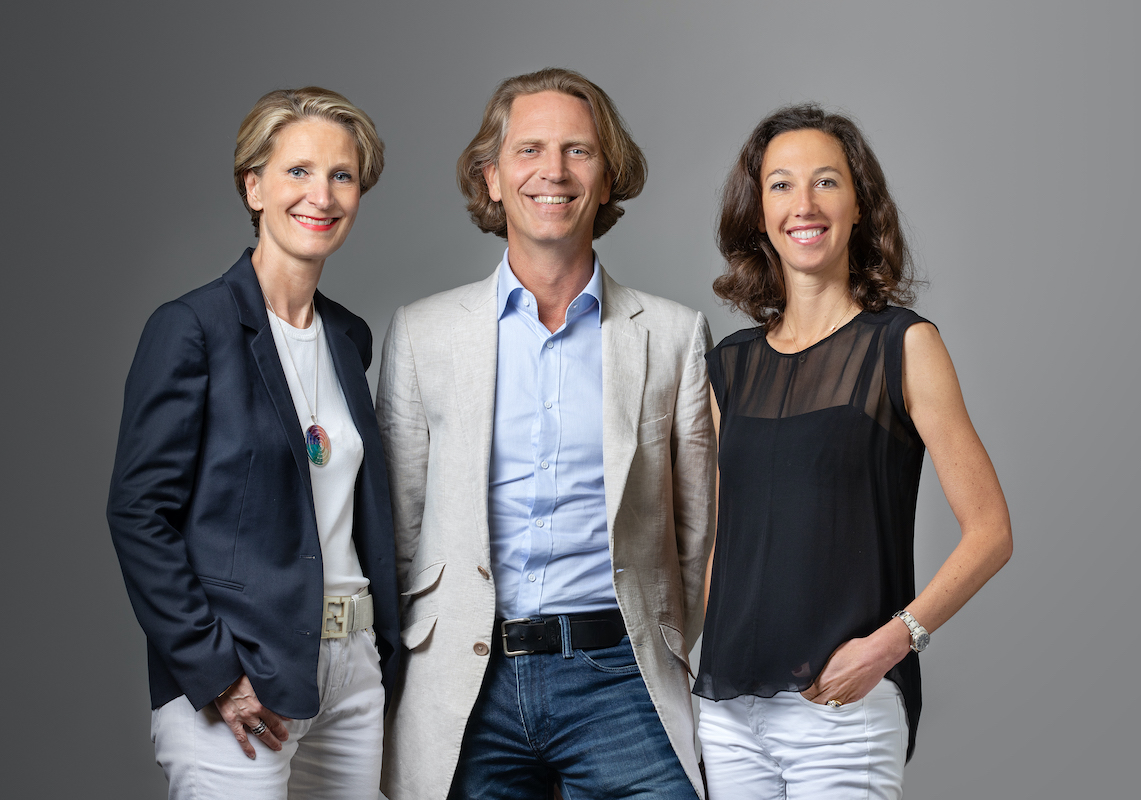
On the outskirts of Bordeaux, among the French wine region’s bucolic sloping hills, the feted Château Malartic-Lagravière is on a mission to reinvigorate the region. Founded at the end of the 19th-century, the château has been run by the Bonnie family since 1997. In 2003, the family’s son, Jean- Jacques, arrived at the estate with his wife, marketing and communications guru Séverine Bonnie. His sister, Véronique Bonnie-Laplane, joined the family business as in 2008, with the siblings becoming official co-owners in 2019.
While there have been challenges along the way, Séverine admits the beauty and prestige of Château Malartic-Lagravière has not been a difficult sell – instead, she has set about sharing the power of the family’s agro-ecological approach.
“We wanted to continue the energy the Bonnies gave to the estate, focusing on the quality of produce at every stage, with the environmental turning point that is crucial for us nowadays,” she explains. “My job, in particular, was to communicate our philosophy, and raise global awareness of the brand and what we do.”
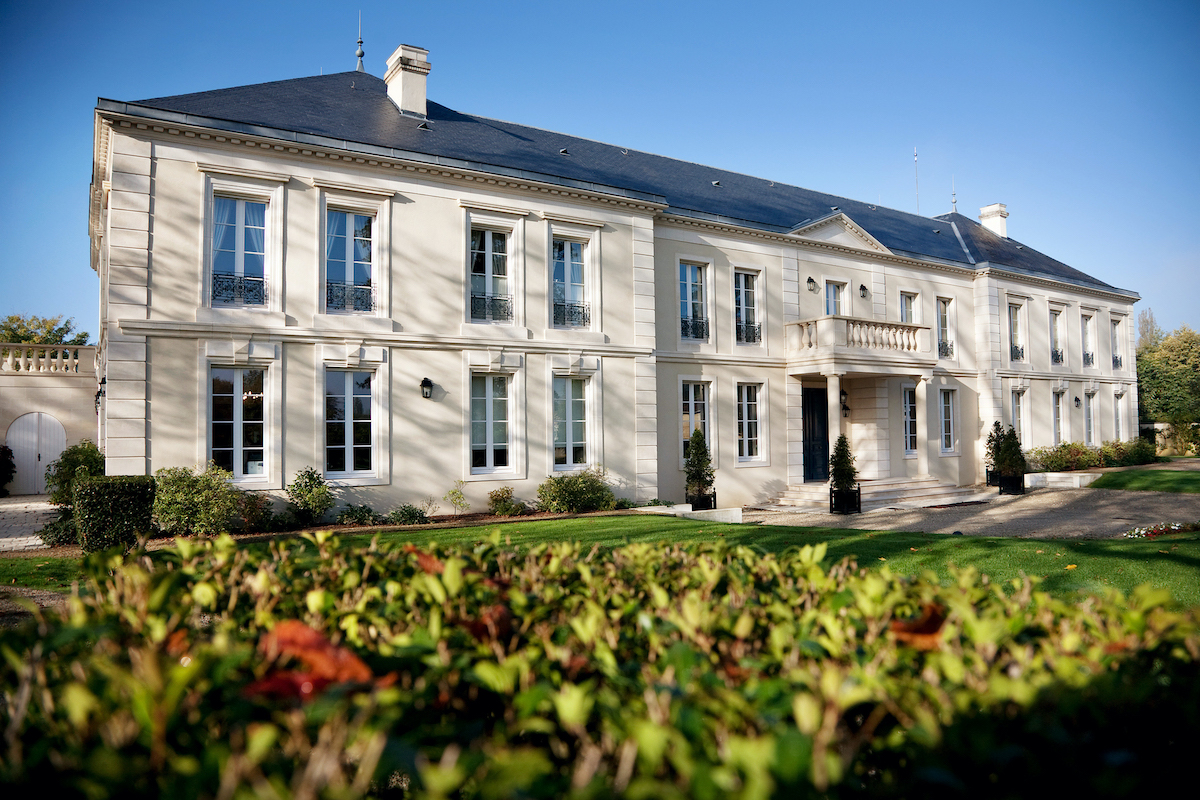
Château Malartic-Lagravière is one of only six properties to receive the 1953 Graves classification for both red and white wines. Its 73 hectares of vines – some of which are over 70 years old – include Merlot, Cabernet Sauvignon, Cabernet Franc and Petit Verdot, as well as seven hectares for Sauvignon and Sémillon for white wine. In 2017, Séverine opened the doors of the estate for tailor-made wine tourism, where a lucky few can experience the spectacular terroir.
“The quality of our terroir is due to a combination of several things,” she says. “It’s the unique combination of soils, vines, climate, ecosystem and human intervention.
“At Malartic, I can name the quaternary gravelly soils and sub-soils, the adequation between soil and grape varietals, theb age of our vines (which are up to 70 years old), the quite unique slope of the vineyard, the particular micro-climate and the ecosystem around and inside the plots. In addition to this, the trees, forests, hedges that we have planted since we arrived contribute to create a very natural and efficient ecosystem.”
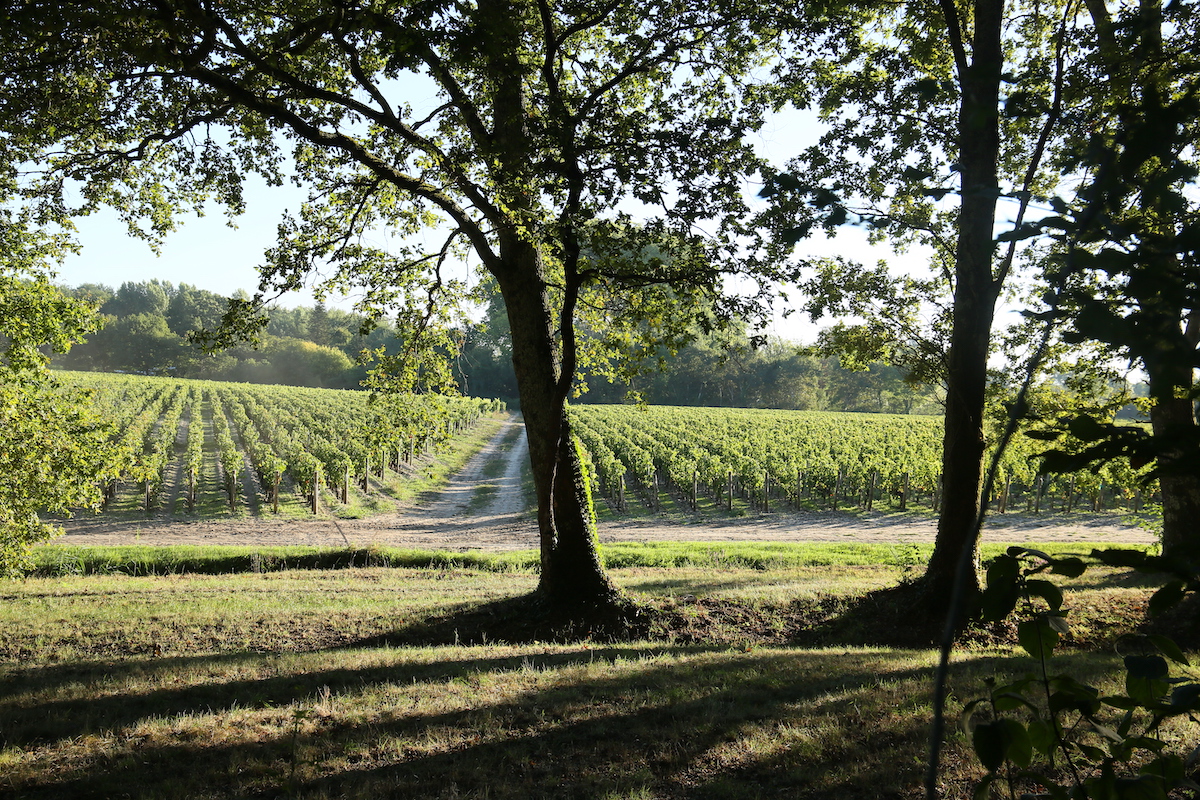
This ecosystem is maintained through the family’s gentle and eminently sustainable ethos. “We care for our vineyard with a global agroecology approach,” says Séverine. “That means minimal ploughing by horse-drawn plough and plant cover that encourages natural soil fertility. We recently welcomed at the estate our herd of ewes for an eco-pasture management of the soil – we take care of this place in a very long-term way. The soil is so unique; we have to protect it.”
The premium wines coming out of the château include vintage Château Malartic- Lagravière Grand Cru Classé in red and white, and a range of second wines in Le Comte de Malartic – renamed from La Réserve de Malartic for the 2020 vintage. All enjoy a quaffable depth and delicious aromatic identity.
“We have always produced wines that reflect the identity of the chateau, which is looking for excellence,’ explains Séverine. “But in recent years, I’ve noticed a turning point in our vintages. All the efforts we have made at the vineyard and its environment in the last 25 years have had a real impact in the depth, complexity and brightness of the wines. Like an additional touch of glamour, with precision and delicacy.”
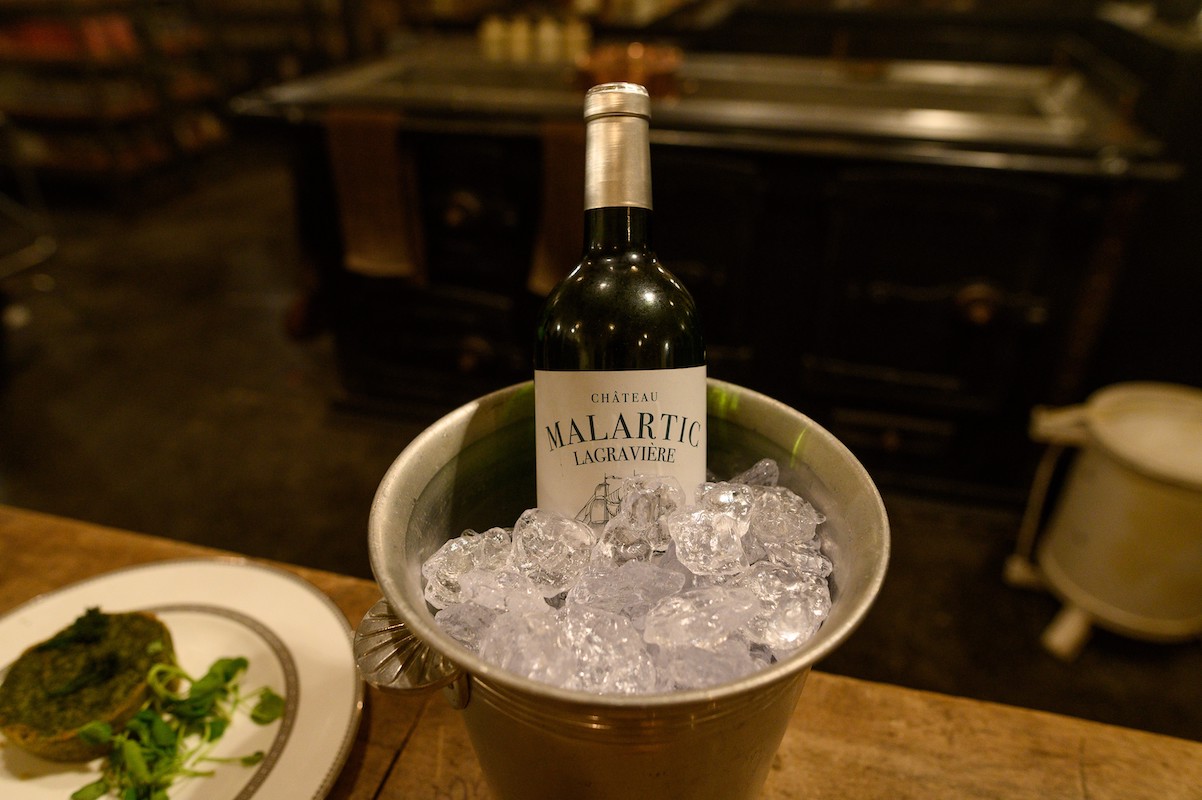
While the Château’s success is never far from Séverine’s thoughts, she is also devoted to the region of Bordeaux as a whole. As a business leader, she is especially keen to support winemakers and women in business.
“It is important for me to promote and contribute to the area of Bordeaux,” she says. “Being winemakers, we know that we are always stronger together. I’m also involved in the Femmes Chef d’Entreprise (an international organization for women CEOs) – I like the mutual aid and clever professional advice exchange between women.”
Séverine is a founding member of local networking organisation Bordeaux Oxygene – known as BO2 – to celebrate and support the new faces of Bordeaux businesses. “The idea was to gather young wine professionals and friends to promote Bordeaux in a different way. At that time, Bordeaux needed to show a new face and to make it more accessible. We promoted everything from Grand Crus Classés to Grands Crus Classés to Bordeaux wines, from all areas of the region – but with the same approach and open-mindedness. It has been very well welcomed by the international media.”
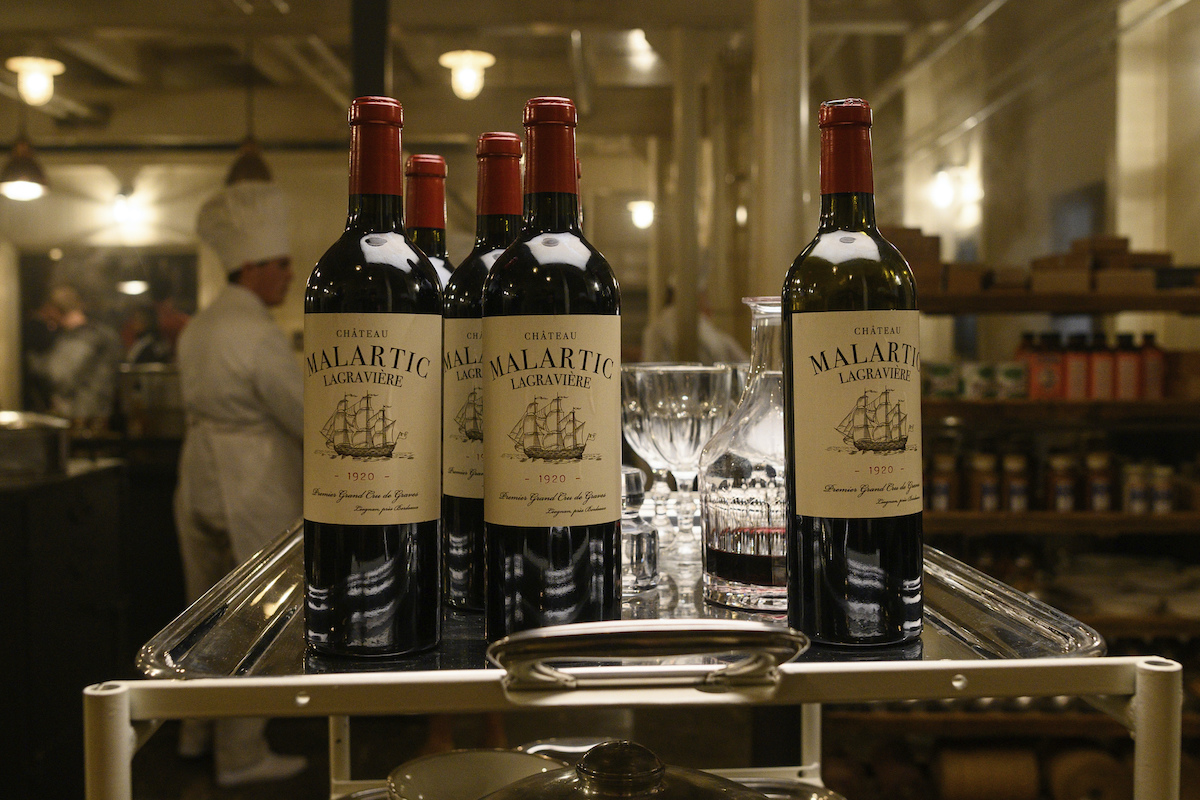
This openminded approach also extends to Château Malartic-Lagravière’s emphasis on wine for all seasons. While prevailing misconceptions often lead Brits to think of red wine as a winter drink, Séverine says Bordeaux can be the perfect summer tipple. So, can she recommend a perfect summer red? “Of course! It all depends on the vintage, serving temperature and food pairings,” she explains. “You could have a lot of pleasure with, for example, a bottle of 2016 La Reserve de Malartic, paired with a fresh chicken Caesar salad – I actually wrote a cookbook during the Covid-19 lockdowns [The Four Seasons of Malartic] where you can find plenty of ideas for seasonal pairings.”
If reaching a new audience of adventurous wine lovers is one of the Bonnie family’s major goals, Château Malartic-Lagravière’s sojourns into the world of film has been particularly inspired. With Hollywood stars including Charlize Theron and Scarlett Johansson as fans, the most recent vintage of Grand cru Classé featured in Kenneth Branagh’s 2022 adaption of Agatha Christie’s sleuth adventure Death on the Nile. Séverine notes the shared nautical theme of the film and Malartic’s emblem, as well as the fact that both Christie’s mustachioed hero Hercules Poirot (played by Branagh) and the Bonnie family share Belgian heritage.
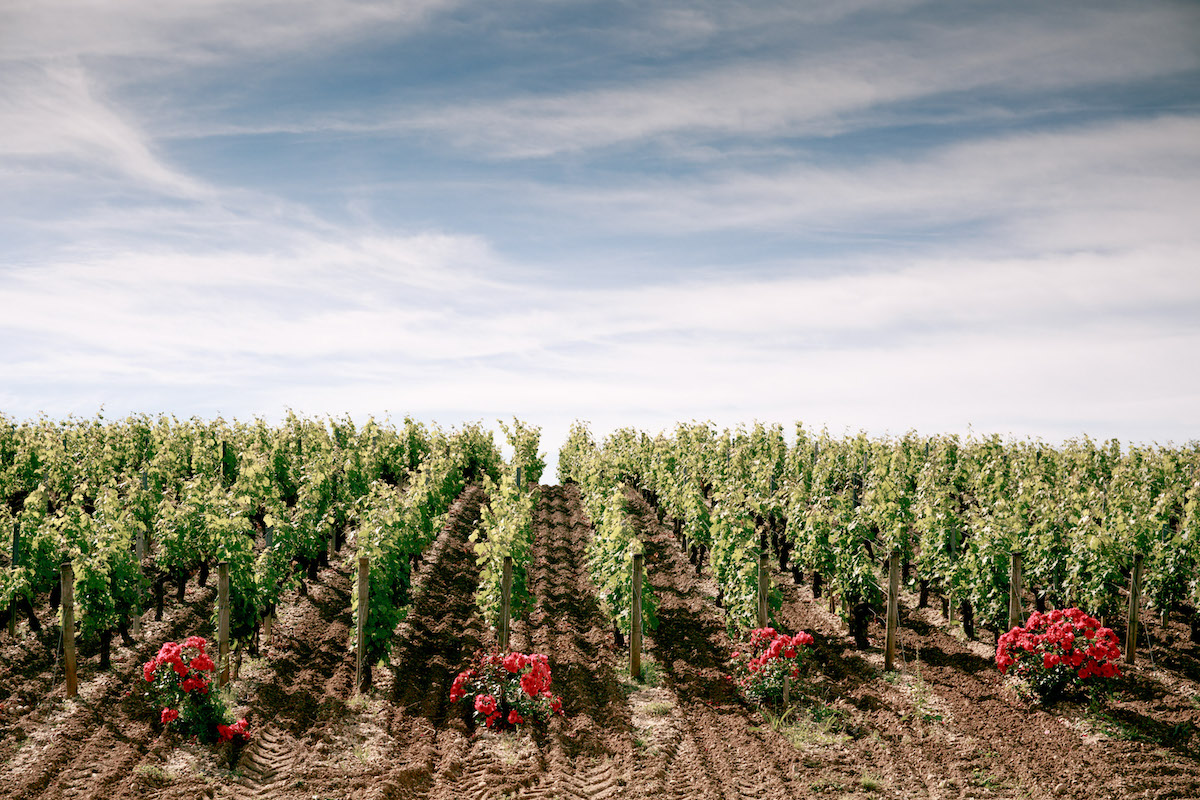
“I think that cinema and wine have a lot in common: a great movie can be compared to a Grand Cru. Producing a Grand Cru is a bit like directing a film: you’re telling the story of the land and the people who make it – it is an art at all times,” she says. “These partnerships are a good way for us to reach more people, and not just the traditional Bordeaux wine lovers. When Malartic’s white wine was featured in [Netflix hit] Emily in Paris we gained a younger female audience. It was refreshing.”
With Bordeaux future and the conservation of the Château’s remarkable terroir both front and centre in the Bonnie’s plans, the future of this classic, but always contemporary, wine is set for a bright and cinematic road ahead.







